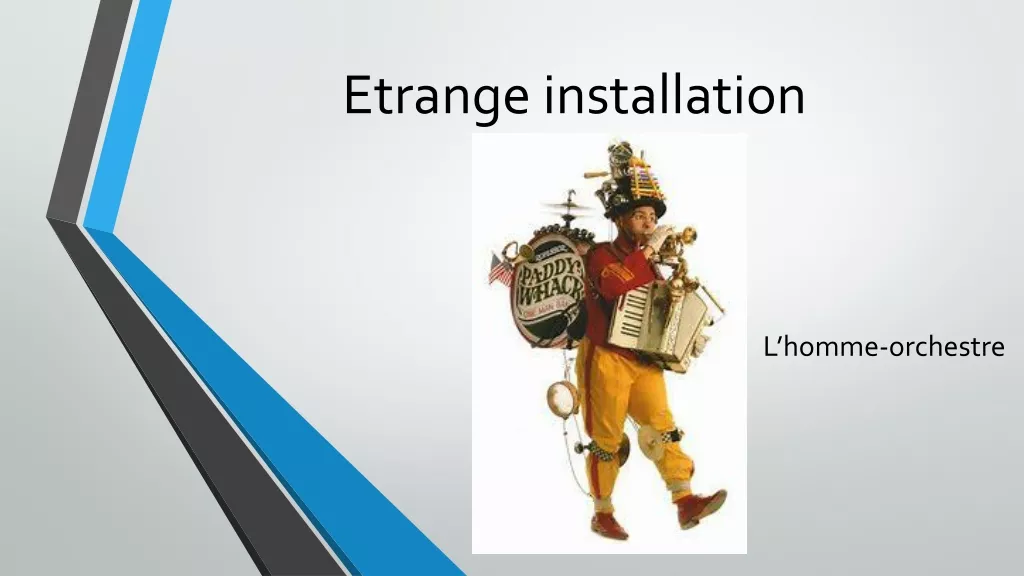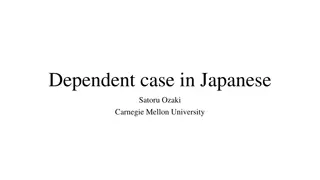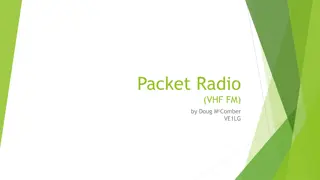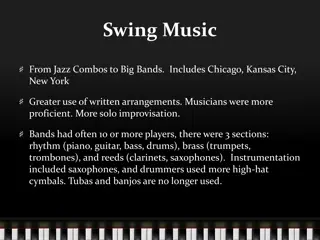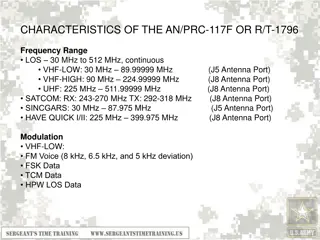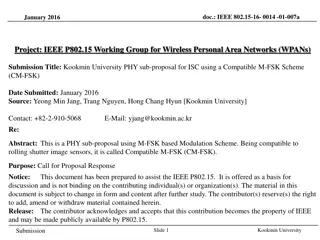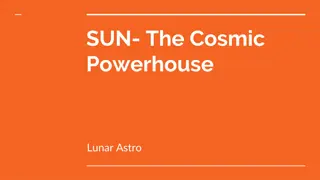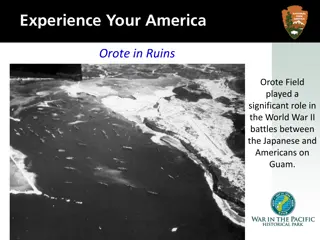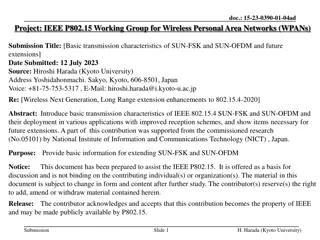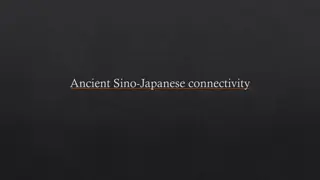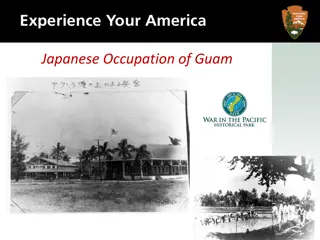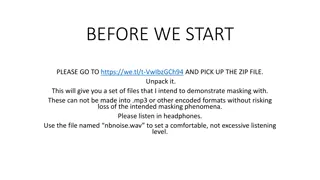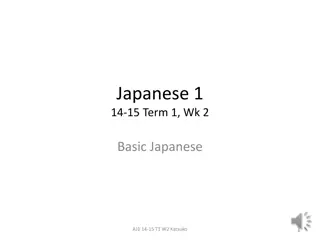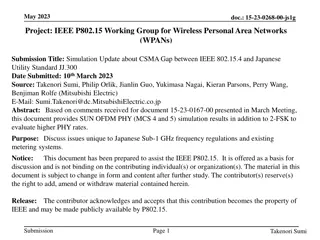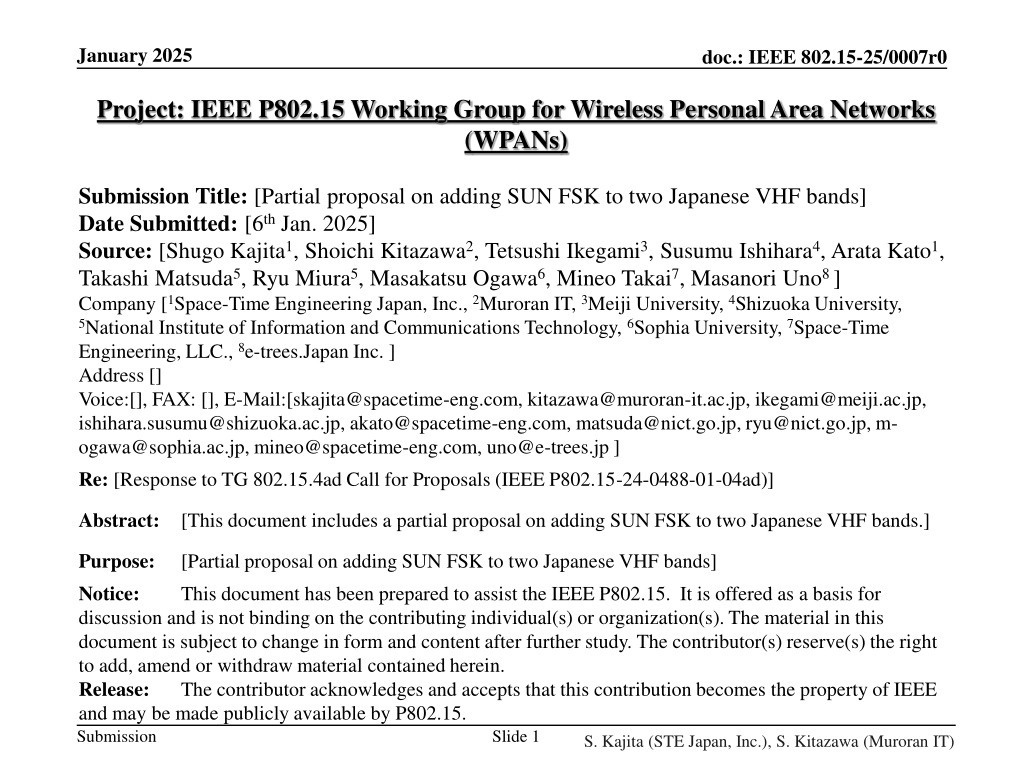
Proposal for Adding SUN FSK to Japanese VHF Bands
Explore a partial proposal for incorporating SUN FSK into two Japanese VHF bands for improved communication systems. The proposal focuses on aligning with current regulations and aims to enhance spectrum management in specific frequency bands designated for public safety and unmanned mobile operations.
Download Presentation

Please find below an Image/Link to download the presentation.
The content on the website is provided AS IS for your information and personal use only. It may not be sold, licensed, or shared on other websites without obtaining consent from the author. If you encounter any issues during the download, it is possible that the publisher has removed the file from their server.
You are allowed to download the files provided on this website for personal or commercial use, subject to the condition that they are used lawfully. All files are the property of their respective owners.
The content on the website is provided AS IS for your information and personal use only. It may not be sold, licensed, or shared on other websites without obtaining consent from the author.
E N D
Presentation Transcript
January 2025 doc.: IEEE 802.15-25/0007r0 Project: IEEE P802.15 Working Group for Wireless Personal Area Networks (WPANs) Submission Title: [Partial proposal on adding SUN FSK to two Japanese VHF bands] Date Submitted: [6th Jan. 2025] Source: [Shugo Kajita1, Shoichi Kitazawa2, Tetsushi Ikegami3, Susumu Ishihara4, Arata Kato1, Takashi Matsuda5, Ryu Miura5, Masakatsu Ogawa6, Mineo Takai7, Masanori Uno8 ] Company [1Space-Time Engineering Japan, Inc., 2Muroran IT, 3Meiji University, 4Shizuoka University, 5National Institute of Information and Communications Technology, 6Sophia University, 7Space-Time Engineering, LLC., 8e-trees.Japan Inc. ] Address [] Voice:[], FAX: [], E-Mail:[skajita@spacetime-eng.com, kitazawa@muroran-it.ac.jp, ikegami@meiji.ac.jp, ishihara.susumu@shizuoka.ac.jp, akato@spacetime-eng.com, matsuda@nict.go.jp, ryu@nict.go.jp, m- ogawa@sophia.ac.jp, mineo@spacetime-eng.com, uno@e-trees.jp ] Re: [Response to TG 802.15.4ad Call for Proposals (IEEE P802.15-24-0488-01-04ad)] Abstract: [This document includes a partial proposal on adding SUN FSK to two Japanese VHF bands.] Purpose: Notice: discussion and is not binding on the contributing individual(s) or organization(s). The material in this document is subject to change in form and content after further study. The contributor(s) reserve(s) the right to add, amend or withdraw material contained herein. Release: The contributor acknowledges and accepts that this contribution becomes the property of IEEE and may be made publicly available by P802.15. [Partial proposal on adding SUN FSK to two Japanese VHF bands] This document has been prepared to assist the IEEE P802.15. It is offered as a basis for Submission Slide 1 S. Kajita (STE Japan, Inc.), S. Kitazawa (Muroran IT)
January 2025 doc.: IEEE 802.15-25/0007r0 Background Japanese VHF-High Band The Ministry of Internal Affairs and Communications (MIC) is in the process of initial round of rule-making to introduce Narrowband IoT Communication Systems in the Japanese VHF-High band (170 177.5 and 217.5 222 MHz). One of their primary use cases is public safety applications including disaster response and recovery operations. SUN FSK and SUN OFDM already defined in other frequency bands are being considered as the foundation for the initial rules. However, it is anticipated that standards tailored specifically for the VHF-High Band will be developed before the second round of rule-making begins. Japanese Unmanned Mobile Image Transmission System (UMITS) Band The MIC is also exploring the possibility of implementing narrowband channelization in the UMITS band (169.05 169.3575 MHz and 169.8075 170 MHz) to improve spectrum utilization for command and control (C2) links used in unmanned aerial vehicle (UAV) operations. Currently, no specific channel spacing or channel plan exists for narrowband channels in the rules governing this licensed band. However, a standardized channel plan with defined channel spacing is being considered to facilitate better spectrum management. Slide 2 Submission S. Kajita (STE Japan, Inc.), S. Kitazawa (Muroran IT)
January 2025 doc.: IEEE 802.15-25/0007r0 Purpose and Scope of this proposal This partial proposal aims to add a set of operating modes to the SUN PHY for the Japanese VHF-High Band and UMITS Band, aligning with the rules currently being considered or investigated. This proposal focuses exclusively on SUN FSK for the following reasons: The proposed operating modes should be compatible with off-the-shelf IEEE 802.15.4 radio modules to reduce device manufacturing time and costs. Off-the-shelf IEEE 802.15.4 radio modules designed for Wireless M-Bus (N mode) in the 169 MHz (VHF) band are available, offering some programmability in operating frequencies, modulation, and channel parameters. Adopting a constant envelope modulation scheme like FSK is both energy-efficient and cost-effective for high-power transmission radios, as it significantly reduces the performance requirements for power amplifiers compared to non-constant envelope modulation schemes. This proposal is partial and can be merged with other proposals for the same frequency bands, if applicable. Submission Slide 3 S. Kajita (STE Japan, Inc.), S. Kitazawa (Muroran IT)
January 2025 doc.: IEEE 802.15-25/0007r0 Proposed Changes to the Existing SUN FSK This proposal aims to preserve the existing SUN FSK standard with minimal modifications, except for the following changes: Support for Higher Data Rates: The symbol period used for MAC and PHY timing parameters is adjusted to 20 s, replacing the symbol period of operating mode #1 currently specified in the standard. Energy Detection (ED) for Coexistence: To enable coexistence among different channel bandwidth operations, narrower channel operations may perform ED over a bandwidth wider than their operational bandwidth. The specific bandwidth for ED, as well as the necessity of performing ED, is determined by the regulatory requirements for the corresponding band. Submission Slide 4 S. Kajita (STE Japan, Inc.), S. Kitazawa (Muroran IT)
January 2025 doc.: IEEE 802.15-25/0007r0 Proposed Modulation and Channel Parameters for the VHF-High Band Operating mode Frequency band (MHz) Parameter #1 #2 #3 #5 #7 #9 #11 Data rate (kb/s) 5 10 20 40 80 160 320 2-FSK 2-FSK 2-FSK 2-FSK 2-FSK 2-FSK 2-FSK Modulation Modulation index 0.5 0.5 0.5 0.5 0.5 0.5 0.5 Channel spacing(kHz) 12.5 12.5 25 50 100 200 400 170-177.5, 217.5-222 #4 #6 #8 #10 #12 Data rate (kb/s) 28 55 110 220 440 Modulation 4-FSK 4-FSK 4-FSK 4-FSK 4-FSK Modulation index 0.33 0.33 0.33 0.33 0.33 Channel spacing(kHz) 25 50 100 200 400 Submission Slide 5 S. Kajita (STE Japan, Inc.), S. Kitazawa (Muroran IT)
January 2025 doc.: IEEE 802.15-25/0007r0 Proposed Modulation and Channel Parameters for the UMITS Band Operation mode Frequency band (MHz) Parameter #1 #3 #5 #7 #9 #11 Data rate (kb/s) 5 10 20 40 80 120 Modulation 2-FSK 2-FSK 2-FSK 2-FSK 2-FSK 2-FSK Modulation index 0.5 0.5 0.5 0.5 0.5 0.5 Channel spacing(kHz) 12.5 25 50 100 200 300 169.05 169.3575, 169.8075 170 #2 #4 #6 #8 #10 #12 Data rate (kb/s) 8 16 32 64 128 192 Modulation 4-FSK 4-FSK 4-FSK 4-FSK 4-FSK 4-FSK Modulation index 0.33 0.33 0.33 0.33 0.33 0.33 Channel spacing(kHz) 12.5 25 50 100 200 300 Submission Slide 6 S. Kajita (STE Japan, Inc.), S. Kitazawa (Muroran IT)

